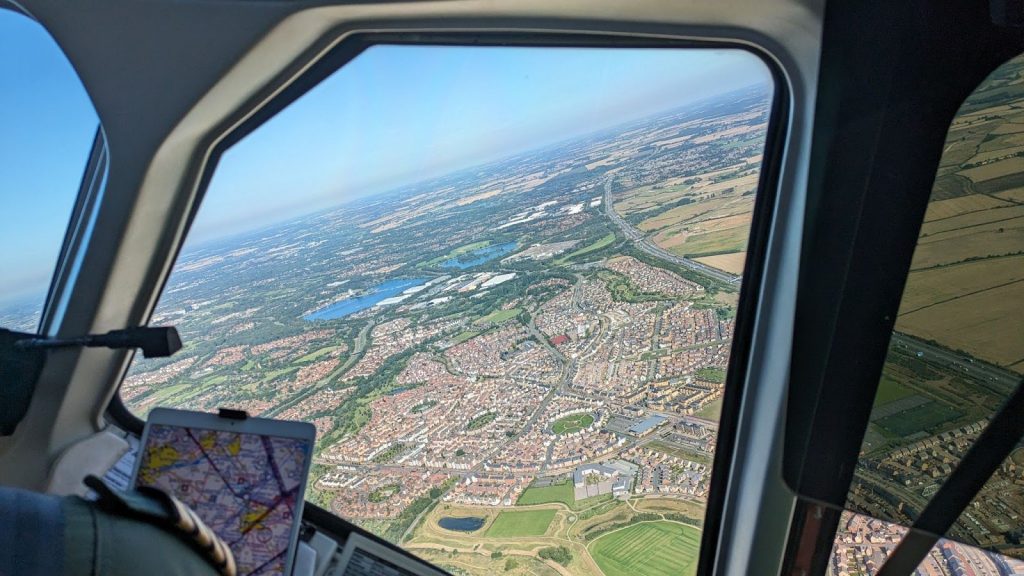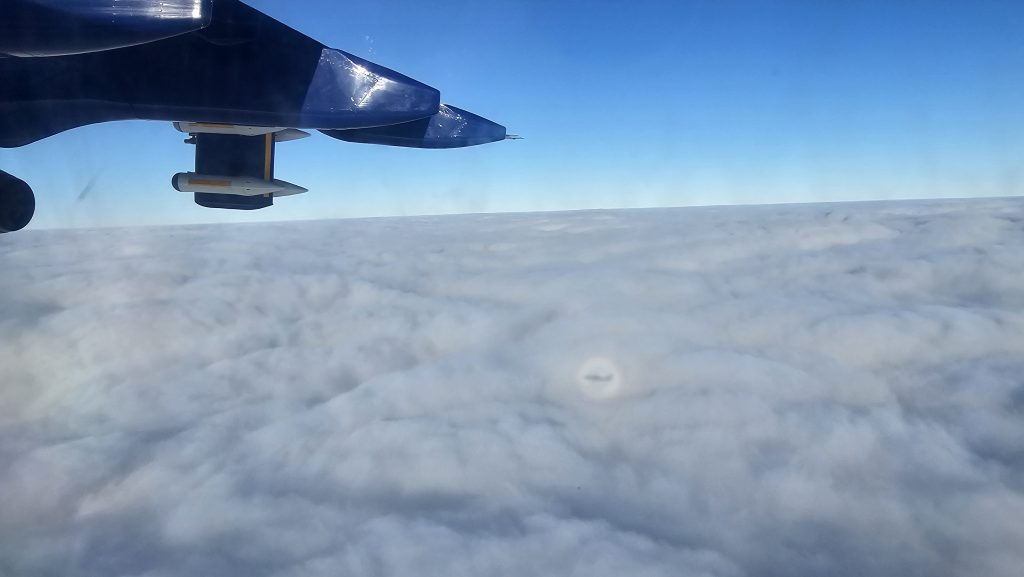
In 2023 the FAAM Airborne Laboratory launched a unique opportunity for environmental researchers to use the specially adapted research aircraft.
Our scheme, called Research Runway, allows researchers at every stage of their career to access a world-leading observation platform to study topics ranging from climate change and severe weather to air pollution.
In 2023, Research Runway provided up to 10 flying hours onboard the FAAM Airborne Laboratory for campaign ideas set to take flight over summer 2023 – spring 2024.
There were three Research Runway projects, which involved early career researchers and new facility users from the University of Reading, Royal Holloway at the University of London, and University of Birmingham are taking to the skies.
In this article we focus on the project known as AMCAA, which was led by the University of Reading.
Project: Airborne Measurements of Charged Cloud and Aerosols (AMCCA)

The Atmospheric Measurements of Charged Cloud and Aerosols (AMCCA) research project aims to better understand how the Earth’s natural electric fields affect clouds and aerosols in the atmosphere.
Electric charge in the atmosphere can influence cloud formation, by charging water droplets in the air and making them more likely to stick together and develop into clouds. These effects frequently occur in, and around, stratiform clouds – large blanket-like clouds – and atmospheric dust layers.
The FAAM Airborne Laboratory’s research aircraft supported the AMCCA project by profiling clouds and aerosols, in conjunction with specially-designed radiosondes launched from the ground in Reading. These radiosondes carried lightweight sensors designed to measure electric charge, cloud droplets and turbulence.
During the AMCCA research aircraft flights in August 2023 and January 2024, the science team profiled stratocumulus clouds via a ‘sawtooth’ manoeuvre, which sees the aircraft climb and descend between two altitudes several times.
The AMCCA project is the first time that a research aircraft has been used to investigate how in-cloud processes are affected by electric charge, and how dust particle size and distributions relate to charge.
